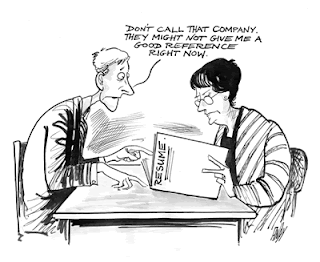In early 1980’s the personal computer and graphical user interface (GUI), with keyboard, bulky and heavy CPU unit and mouse for input, and a separate display monitor using CRT as output, was developed. At that time, with all these bulk of equipment hooked up by bunch of wires, it was for the purpose of creation of soft documents, such as word processor, spreadsheet, or desktop publishing program and gaming software application was not yet in the pipeline then. It then started to surface at later stage of the PC evolution and now gaming has gone wireless with 3D moving fast to our living hall. In word or number crunching processing PC, unlike text-based systems such as MS-DOS, the "What You See Is What You Get" (WYSIWYG) GUI allowed you to see on screen something that closely resembled what you should get when you send or press the print button either through the printer interface or nowadays with WIFI wireless technology.
With increasing penetration of the Internet, the percentage of computing use spent creating documents has jumped in leap and bound and very much non-stop in speed. Also alot of the time has been spent either communicating (originally just email, then adding IM, Skype audio and video, and social networking) or consuming media (text, images, and video). But our computing tools haven't appreciably changed very much from desktop and laptop, now to netbook or mininote with keypad and mouse.
This leads to the techie question what would be the best computing interface for communication and consumption? If anyone were willing to forgo legacy, and design a device specifically for these uses, you could very well arrive at something like Apple's iPad. This has been a recurring theme for Apple. Whether it was the original Macintosh, or iMac, or iPod, or now iPad, Apple is surprisingly cavalier about supplanting an existing cash cow with a next generation product that responds to how the market is moving.
The one thing to learn from iPad is to ponder and ask, what assumptions and the rest of our industry, making about consumer’s behavior that might simply no longer be true and the new way the consumer is going to live with the everyday “must-have” IT tool ?
Southwest Airlines thwarted convention by not offering meals or assigned seats, instead ensuring low prices and a high on-time percentage. It turns out people are willing to bring their own food on board, and little is as important as on-time arrival. Southwest now carries more people in the United States than any other air carrier and probably the only money making budget airline company in the US and survive the up’s and down’s of the economy.
Many industries still have room for significant evolution. Many bank branches seem optimized for supporting basic transactions, even though there are many other ways to handle such things like online, ATM and internet banking. The bank should feel like a service center, geared toward supporting conversations between you and bank representatives about how to better handle your money and not just the simple daily service that are served at the counter.
Retail outlets ought to move beyond the boring and typical stuff-on-shelves. If I just want to buy stuff off of a shelf, I can do that online, though not so popular in Singapore here. Physical stores have a great opportunity to extend the purchase experience, whether through creating communities of purchasers with similar interests or providing service and support when things go wrong.
As we have approached 2010, we still likely to see many of our companies continue to operate as if they were in 1980. If we take a dispassionate and clear-eyed look at present companies and their behavior of its customers, we probably would realize many new business opportunities that have been obscured by “historical” and backward thinking. As for the offshore industry, can it be as evolutionary as the IPAD and transform the offshore drilling into a high tech world where drillers use less effort at the drillfloor ??








